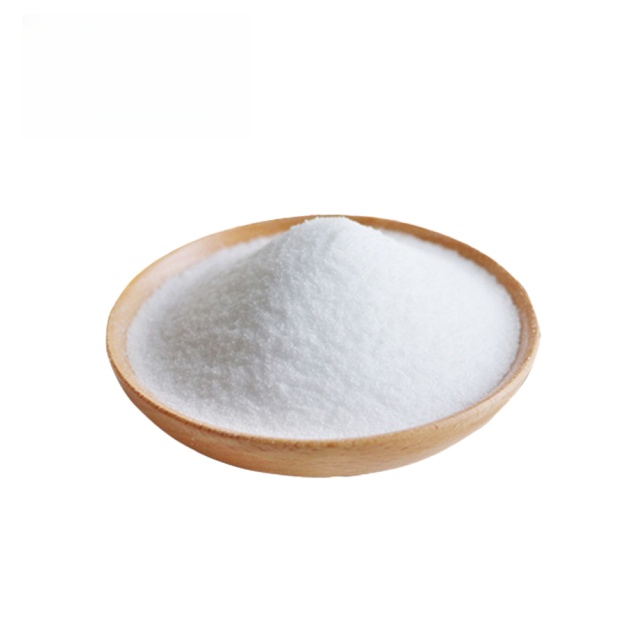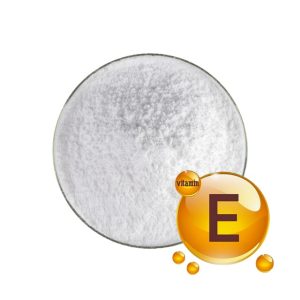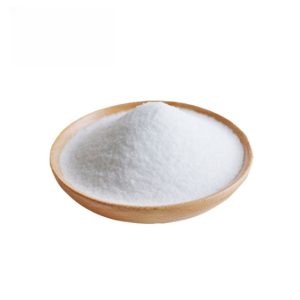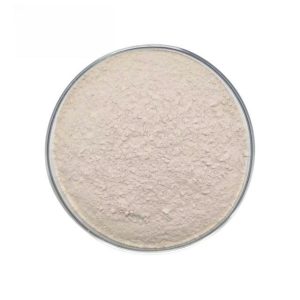Basic Information
- Chinese Name: L-Proline
- English Name: L(-)-Proline
- Aliases: Proline
- CAS Number: 147-85-3
- EINECS Number: 205-702-2
- Chemical Formula: C5H9NO2
- Molecular Weight: 115.131
Physical and Chemical Properties
- Density:
- 1.186 g/cm³ (Reference 1)
- 1.4063 g/cm³ (at 45°C, Reference 2)
- Melting Point:
- 228-233°C (Reference 1)
- 220-222°C (decomposition, Reference 2)
- Boiling Point: 252.2°C at 760 mmHg (References 1 and 2)
- Flash Point: 106.3°C (Reference 1)
- Water Solubility: Soluble (Reference 1)
- Vapor Pressure: 0.00615 mmHg at 25°C (Reference 1)
- Refractive Index: 1.487 (Reference 1)
Properties and Uses
- Properties: It is a needle-like crystal or rhombic crystal with a strong sweet taste and almost no odor. It is extremely soluble in water, soluble in ethanol, insoluble in ether and butanol, and easily deliquescent. It is difficult to obtain crystals (Reference 1).
- Uses:
- Used in amino acid injections, compound amino acid infusions, food additives, nutritional supplements, etc. (Reference 1).
- As one of the raw materials for compound amino acid infusions, it is used for protein supplementation in cases of malnutrition, protein deficiency, severe gastrointestinal diseases, burns, and after surgical procedures (Reference 1).
- Proline is a non-essential amino acid that is found in almost all proteins and is abundant in the body, second only to glutamine and alanine (Reference 3).
Safety
- Risk Phrases: R36/37/38 – Irritating to eyes, respiratory system, and skin (Reference 1).
- Safety Phrases: S24/25 – Avoid contact with skin and eyes (Reference 1).
Preparation and Synthesis
- Preparation Method: It can be synthesized through chemical methods or direct fermentation (Reference 1).
Historical Background
- L-Proline was first synthesized by the German chemist Richard Willstätter in 1890 through the reaction of sodium salt of malonic acid diethyl ester with 1,3-dibromopropane. The German organic chemist Hermann Emil Fischer isolated proline from the decomposition products of casein and γ-phthaloyl-propylmalonic ester and named it “Proline” (Reference 3).
Conclusion
L-Proline is a non-essential amino acid that is widely present in biological organisms and has important physiological functions. It can be synthesized through chemical or biological methods and is widely used in medical, food, and industrial applications.




Reviews
There are no reviews yet.